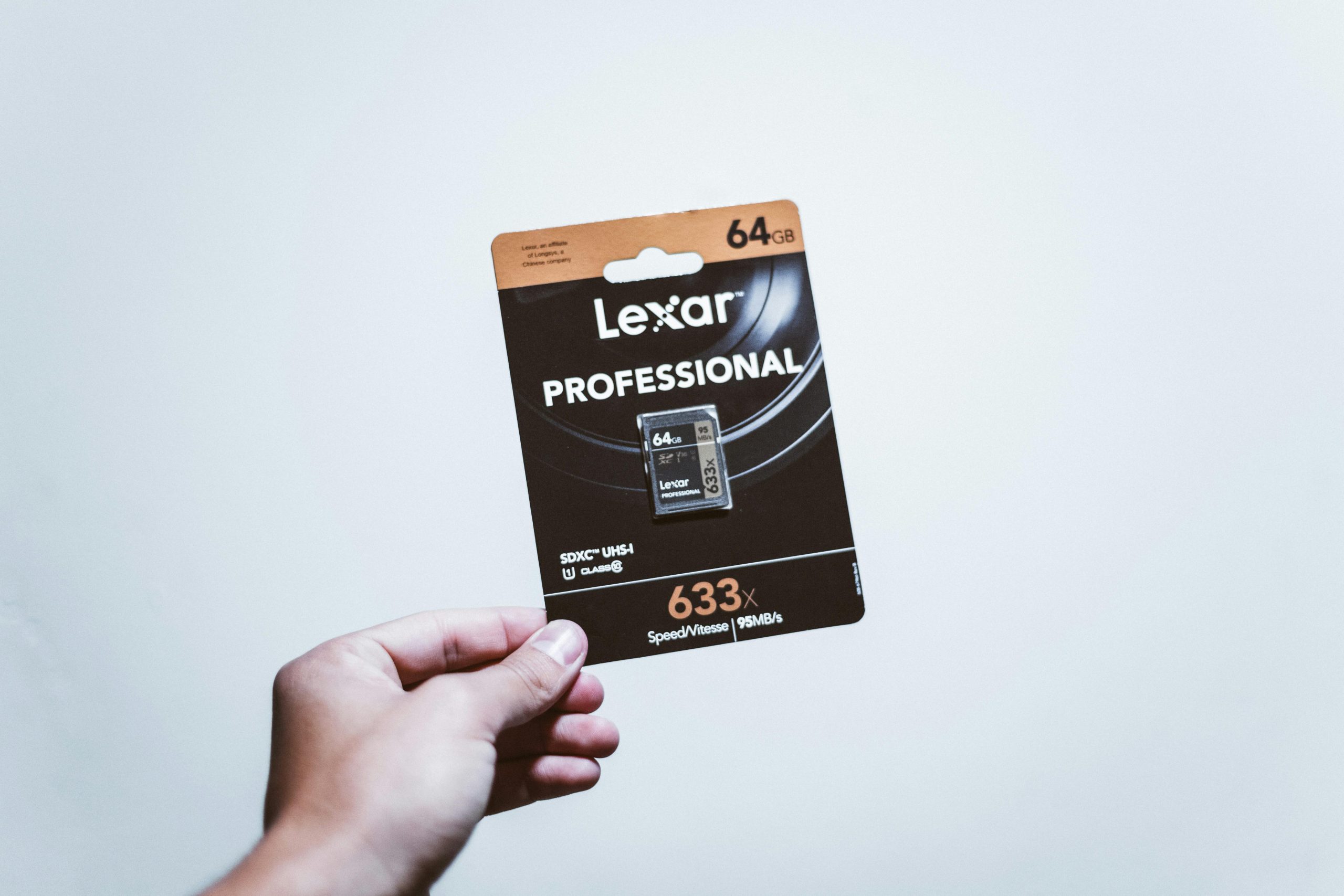Understanding the 0x800701B1 Error During Large File Transfers on SSDs
Recently, many users have encountered technical issues when transferring sizable files to new SSDs. One common error message that appears is: 0x800701B1. If you’re facing this problem, you’re not alone. This article explores the causes of this error, especially in the context of using SATA SSDs, and offers troubleshooting steps to resolve it effectively.
Case Overview
A user purchased a 1TB Lexar SATA SSD and initially experienced smooth performance during small file transfers. However, upon attempting to transfer larger files, an error with code 0x800701B1 emerged. Despite returning the first unit and exchanging it for a second one, the problem persisted. The error only occurred with large files, while small transfers and save operations functioned normally. The user also selected the NTFS file system, recognizing that FAT32 can cause issues with large files, but the problem continued despite this.
Potential Causes of 0x800701B1 Error
The error code 0x800701B1 typically points to issues related to hardware connectivity, driver conflicts, or file system limitations. Here are some common reasons:
- Hardware Connectivity Issues:
- Loose or faulty SATA or power cables.
-
Improper connection to the motherboard.
-
Driver or Firmware Problems:
- Outdated or incompatible storage drivers.
-
SSD firmware requiring updates for optimal performance.
-
File System and Partition Issues:
- Although NTFS supports large files, partitioning errors can cause transfer failures.
-
Sector corruption or disk errors.
-
Power Management Settings:
- Power-saving features that interfere with data transfer stability.
Troubleshooting Steps
To resolve the 0x800701B1 error, consider the following steps:
1. Check Hardware Connections
– Ensure that the SSD is securely connected to the SATA port.
– Inspect and re-seat SATA and power cables.
– Try connecting the SSD to a different SATA port to rule out port issues.
2. Update Drivers and Firmware
– Visit the SSD manufacturer’s website to download the latest firmware.
– Update your motherboard’s chipset and storage controller drivers.
– Ensure your operating system is up-to-date.
3. Run Disk Diagnostics
– Use Windows built-in tools like Check Disk (chkdsk) to scan and repair disk errors.
– Consider using third-party disk health utilities to assess
Share this content:



